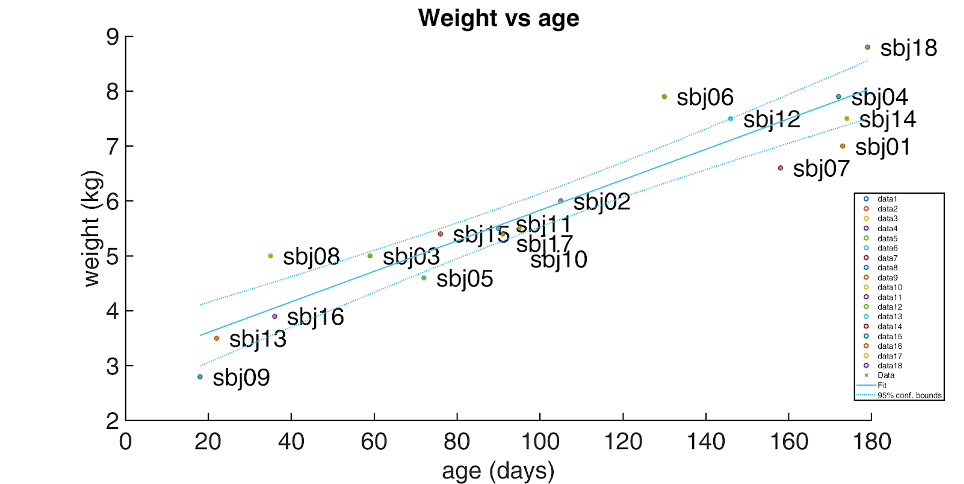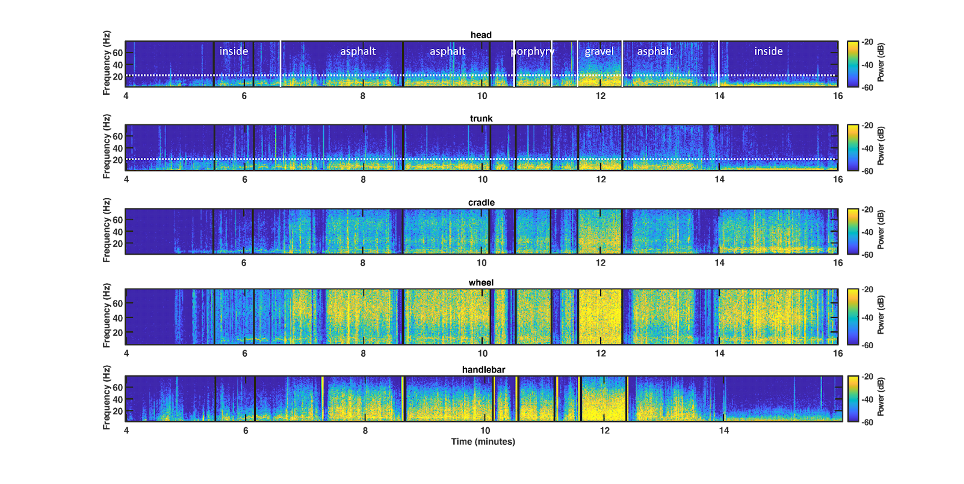Technology 4
Session: Technology 4
298 - Assessment of mechanical vibration safety threshold for neonatal and infant during transport: a pilot study.
Monday, April 28, 2025
7:00am - 9:15am HST
Publication Number: 298.4002
Anna Trivillin, University of Padova: Department of Women' and Children Health, Padova, Veneto, Italy; Maria Elena Cavicchiolo, University of Padova: Department of Women' and Children Health, PADOVA, Veneto, Italy; Maria Rubega, University of Padova, Padova, Veneto, Italy; Paola Contessa, Azienda Ospedale Universita' Padova, Padova, Veneto, Italy; Giovanna Verlato, University Hospital of Padova, Padova, Veneto, Italy; Ivan Tomasi, University of Padova: Department of Women' and Children Health, Padova, Veneto, Italy; Stefano Masiero, Department of Neuroscience, University of Padua, Padua, Italy, Padova, Veneto, Italy; Eugenio Baraldi, University of Padova: Department of Women' and Children Health, Padova, Veneto, Italy

Anna Trivillin, MD
Neonatologist
University of Padova: Department of Women' and Children Health
Padova, Veneto, Italy
Presenting Author(s)
Background: Environmental factors, such as loud noise and mechanical vibration, can negatively impact neonatal comfort. The American Academy of Pediatrics and the World Health Organization have issued recommendations to limit noise levels in Neonatal Intensive Care Units, but no specific regulations currently address vibration exposure. Previous studies have analyzed vibrations during transport, but have not defined safety thresholds to avoid resonance within internal organs which may be harmful for the babies.
Objective: To assess vibration exposure levels during a stroller transport and to evaluate the effects on neonatal comfort and physiological parameters, with the aim of establishing safe vibration thresholds.
Design/Methods: Eighteen healthy neonates and infants ( < 6 months of age) were enrolled for a 10-min walk using a commercially available stroller on various types of surfaces. Stroller (wheels and cradle) and subjects (head and trunk) were equipped with accelerometers, measuring vibration levels and their transmission from the stroller to the subjects. The following vital signs and comfort/physiological scores were also monitored: heart rate, respiratory rate, saturation, TRIPS (Transport Risk Index of Physiologic Stability) score and Comfort Neo Scale. To evaluate our results, we also attempt to estimate natural frequencies of parts of the child’s body causing motion sickness or pathological signs, exploiting an estimate of the modulus of the elasticity of the child bones and median mass data from the study population.
Results: The study included 18 subjects with a median age of 93 days (IQR [59, 158]) and median weight of 5.5 kg ([5, 7.5]), Fig. 1. The vibrations detected from the stroller’s sensors were in the interval 0-60 Hz at the wheels and 0-40 Hz at the cradle. The stroller mattress used reduced the transmission of vibrations below 18-20 Hz, with a peak frequency perceived from the subjects around 7-8 Hz, Fig. 2. During the walk, no significant changes were observed in vital parameters, TRIPS scores and Comfort Neo Scale. The estimated natural frequencies were 9-11 Hz and 37-54 Hz for the head and 9-24 Hz for the trunk, respectively (Fig 3).
Conclusion(s): We demonstrated a reduction in transmission from the stroller to the child level. We also identified specific thresholds which may be safe for neonatal and infant transport. Extending this protocol to real-world transport conditions, including intra- and inter-hospital transfers, could further inform safe vibration standards for neonates and infants.
Fig 1. Participants’ weight (y axis) and age (x axis)

Fig 2. Spectrograms of the vibrations recorded over the head (first panel) and torso (second panel) of a representative subject and of the vibrations recorded over the stroller (cradle level, third panel, wheel level, fourth panel, handlebar level, fifth panel).
 The x-axis represents the time in min, the y-axis the frequencies in Hz. The power of the vibrations is represented by a color code, blue for 0 and yellow for the maximum value recorded. In the first panel the different types of terrain are highlighted in white. In the first and second panels, the 20 Hz threshold is represented by a dashed white line.
The x-axis represents the time in min, the y-axis the frequencies in Hz. The power of the vibrations is represented by a color code, blue for 0 and yellow for the maximum value recorded. In the first panel the different types of terrain are highlighted in white. In the first and second panels, the 20 Hz threshold is represented by a dashed white line.Fig 3. Estimated natural frequencies for the head and for the trunk of an infant less than 6 months of age.
Fig3.pdf

